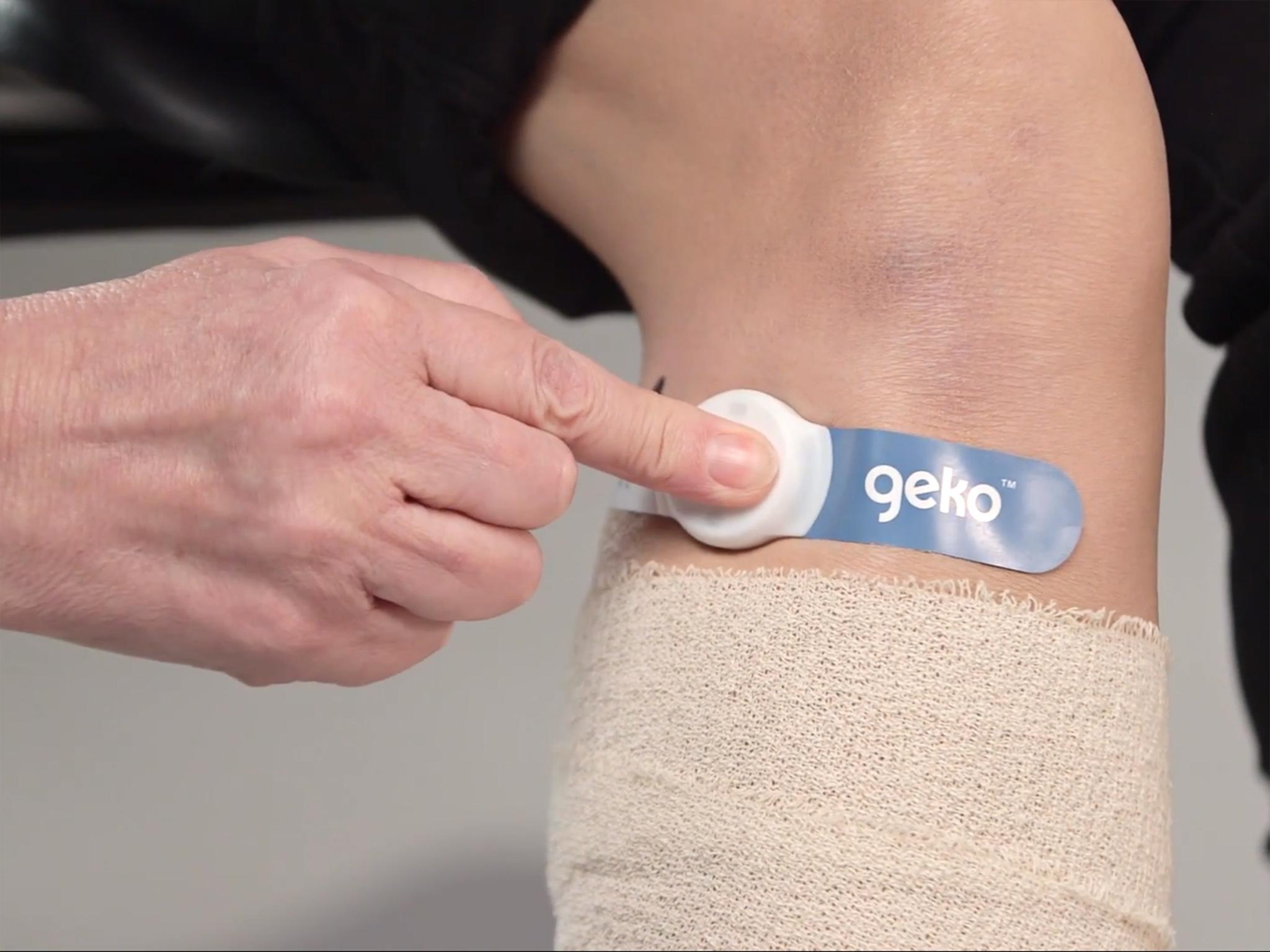New device cuts risk of deadly blood clots in stroke patients, study finds
Venous thromboembolism is the most common cause of hospital deaths in the UK that can be prevented

Your support helps us to tell the story
From reproductive rights to climate change to Big Tech, The Independent is on the ground when the story is developing. Whether it's investigating the financials of Elon Musk's pro-Trump PAC or producing our latest documentary, 'The A Word', which shines a light on the American women fighting for reproductive rights, we know how important it is to parse out the facts from the messaging.
At such a critical moment in US history, we need reporters on the ground. Your donation allows us to keep sending journalists to speak to both sides of the story.
The Independent is trusted by Americans across the entire political spectrum. And unlike many other quality news outlets, we choose not to lock Americans out of our reporting and analysis with paywalls. We believe quality journalism should be available to everyone, paid for by those who can afford it.
Your support makes all the difference.A device which sends electrical impulses down the legs of stroke patients can reduce the risk of deadly blood clots compared to standard treatment, new research shows.
A study of 219 patients found that the geko device cuts the risk of clots compared to other treatments, is comfortable to wear and could save the NHS money.
Venous thromboembolism (VTE), a condition in which a blood clot forms in the deep veins – often of the leg, groin or arm – is the most common cause of hospital deaths in the UK that can be prevented.
Stroke patients are at greater risk of VTE due to reduced mobility. And these clots can move from the legs to the lung and cause a pulmonary embolism, which can be fatal.
The geko is designed to increase blood flow to the deep veins of the legs and is approved for NHS use.
The action of the battery powered, disposable device is equivalent of about 60 per cent of walking, but the patient does not have to move.
Dr Indira Natarajan, a consultant stroke physician and clinical director of neurosciences at the Royal Stoke University Hospital, has conducted an in-hospital study to see how effective the device is.
He said it was particularly useful for patients who cannot tolerate intermittent pneumatic compression (IPC) – the standard treatment recommended for preventing blood clots.
Dr Natarajan’s study of 219 patients fitted with the geko found no evidence of blood clots within three months of discharge, compared with 11 cases of blood clots in 463 people prescribed IPC.
“Around 30 per cent of patients cannot go on an IPC pump, which puts pressure on calf muscles,” he said.
“They can’t use this standard treatment for a variety of reasons, such as having leg ulcers, broken skin or fluid in the leg.
“A lot of people also find that a sleeve pumping pressure down their leg means they can’t sleep.”
But Dr Natarajan said the geko can “get round these problems”.
“It’s like a half wrist-watch which fits round the outside of the knee joint.
“It produces an electrical impulse down the leg and the intensity can be increased or decreased by a plus or minus switch.”
It is estimated that the use of the geko generates a saving of £237 per patient (based on nine days of geko treatment).
Additional reporting by PA
Join our commenting forum
Join thought-provoking conversations, follow other Independent readers and see their replies
Comments